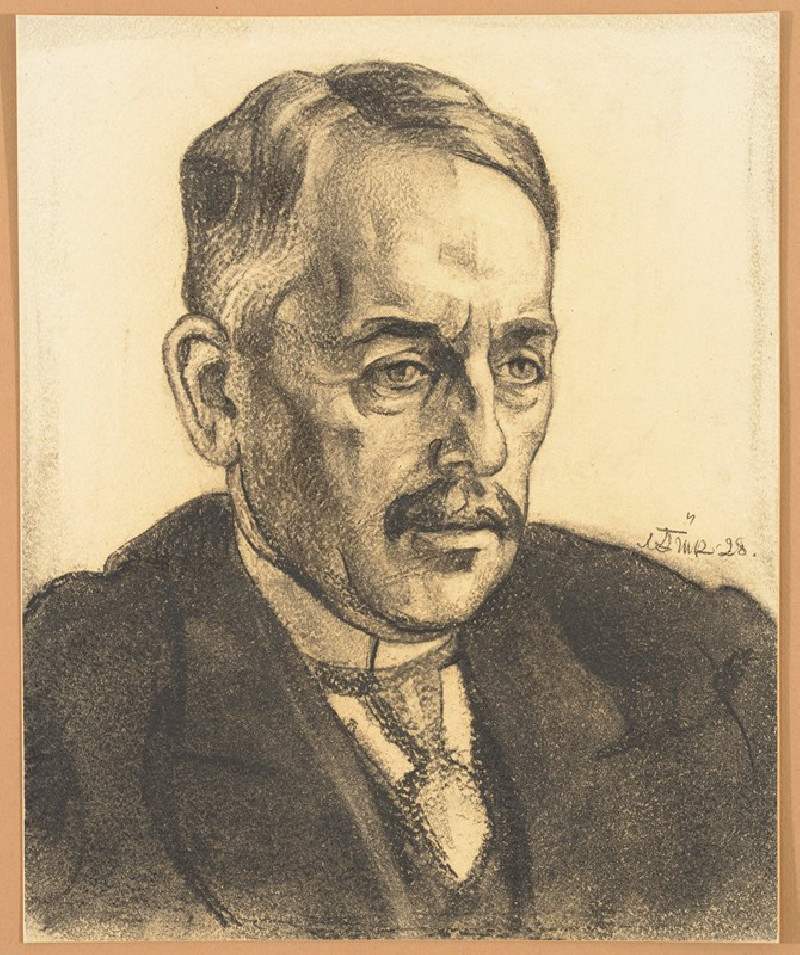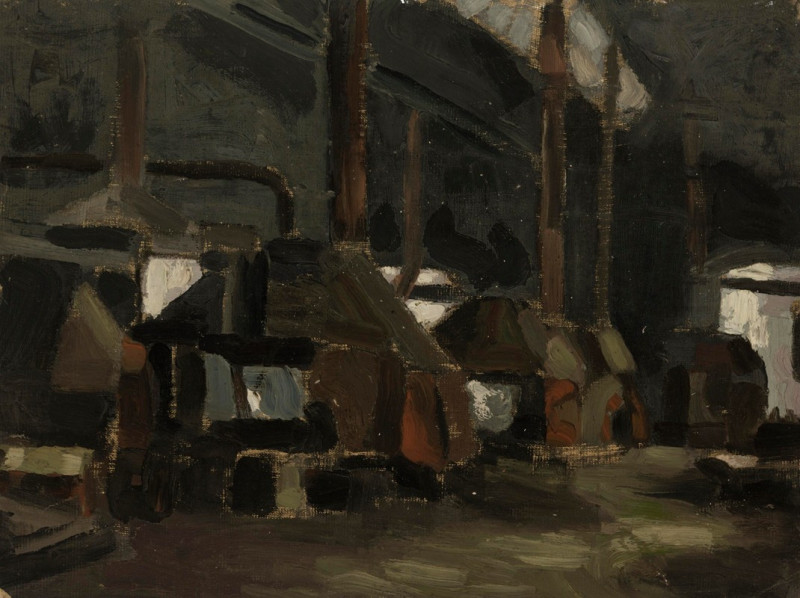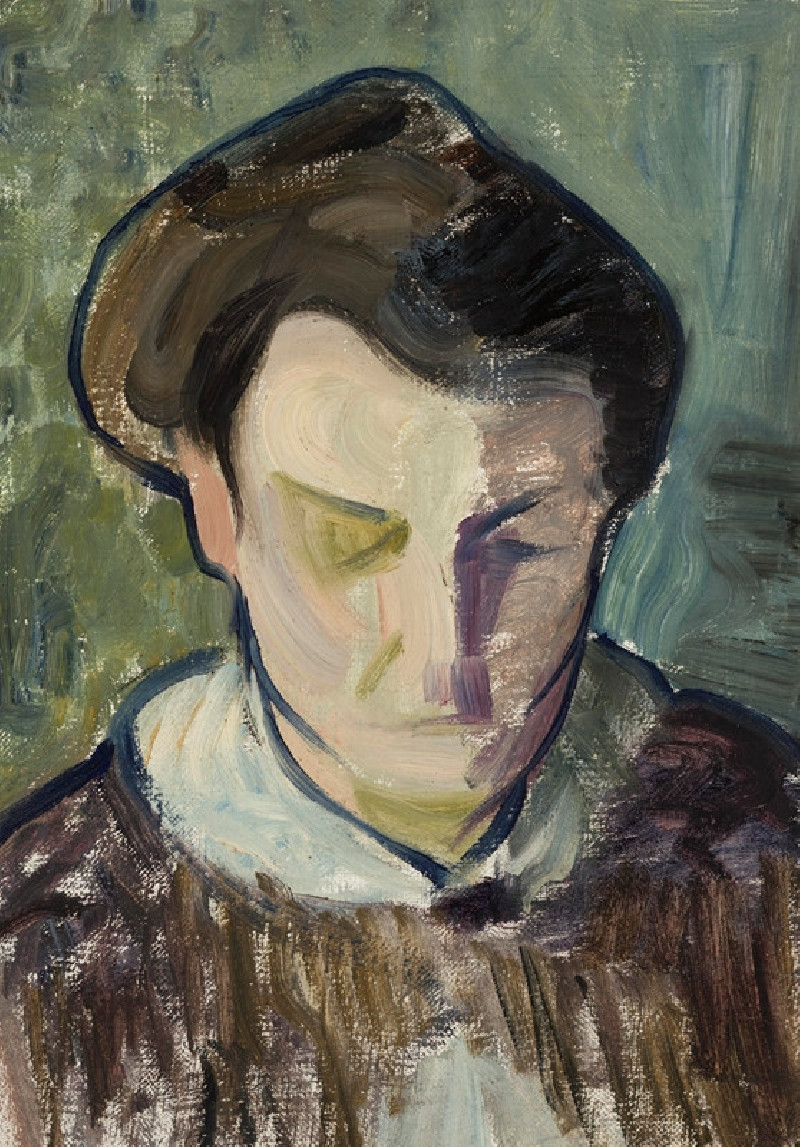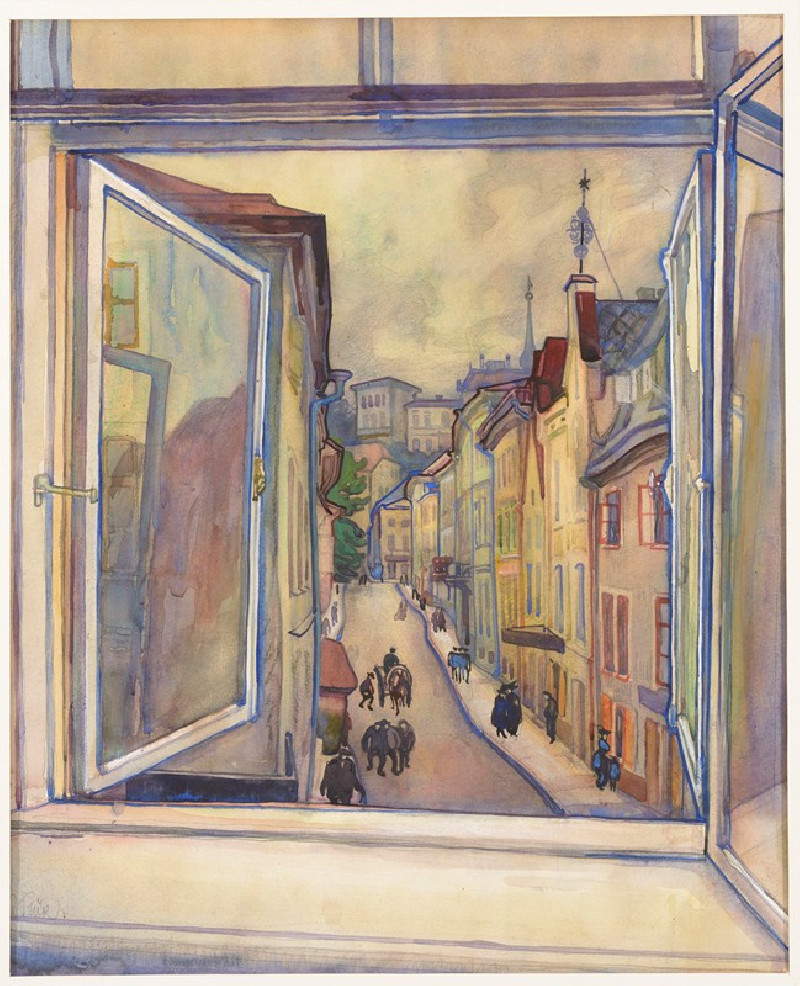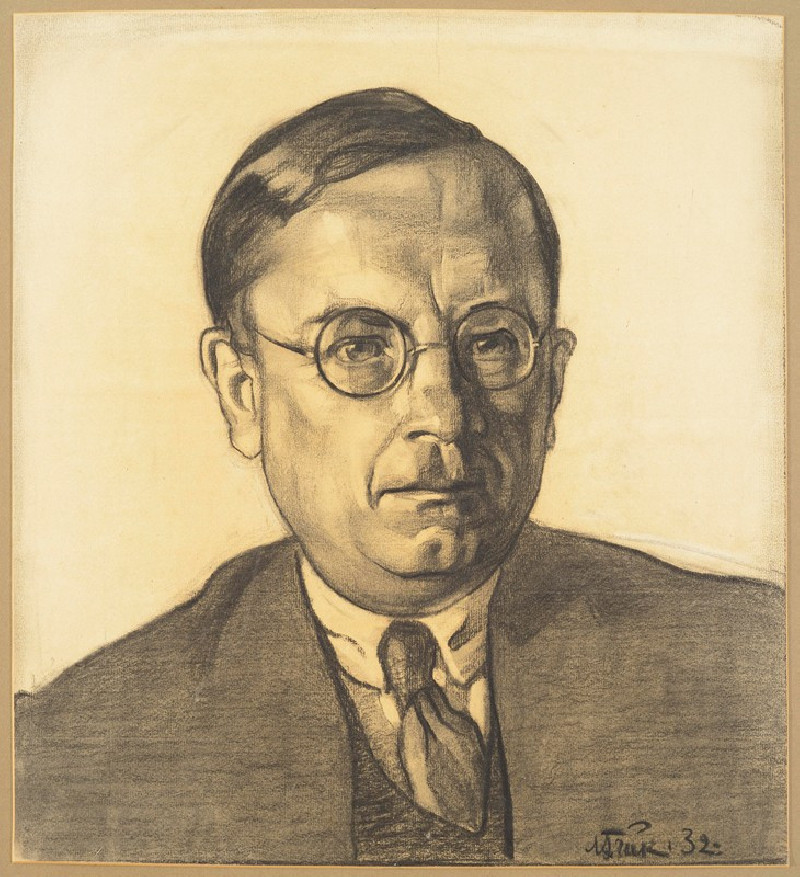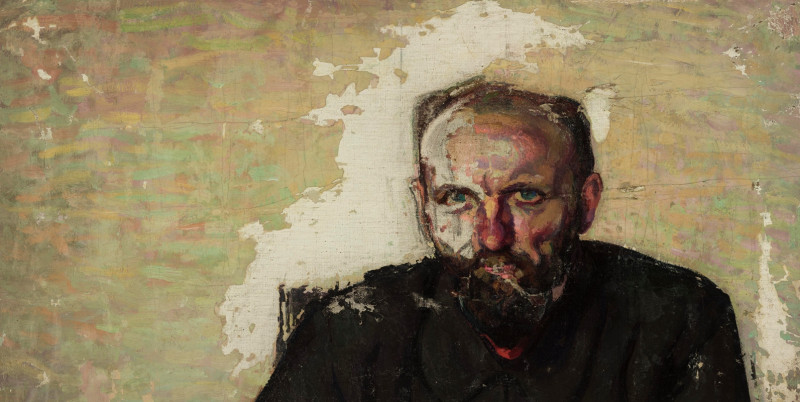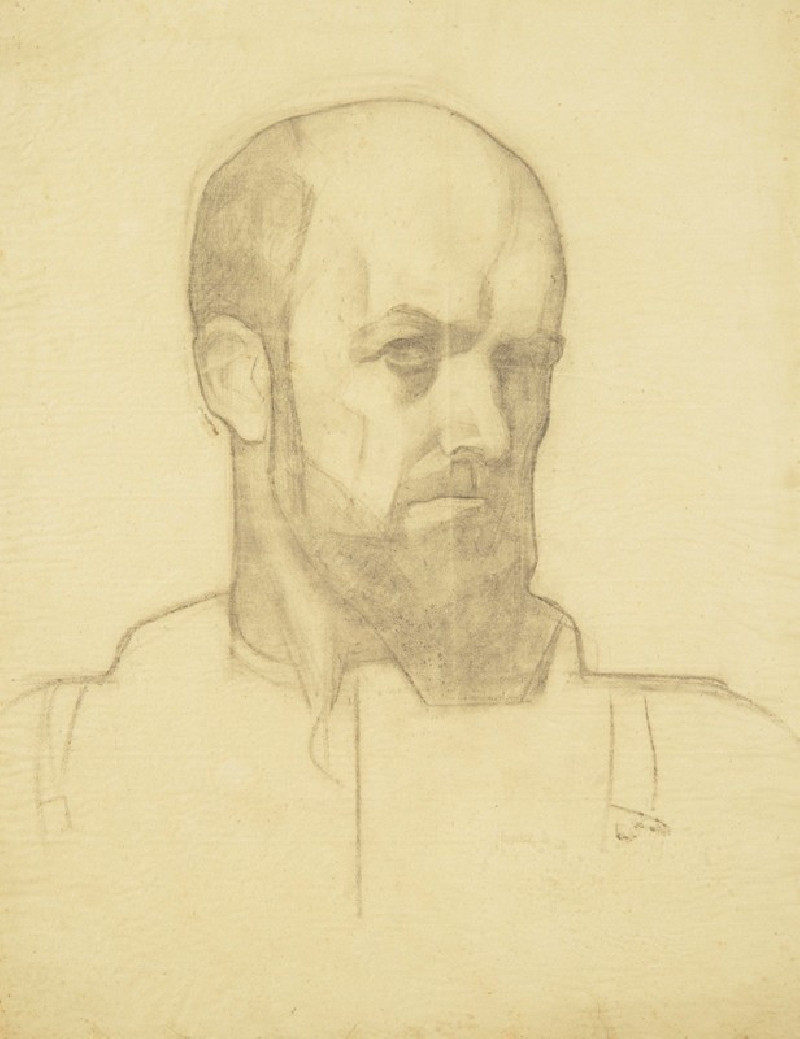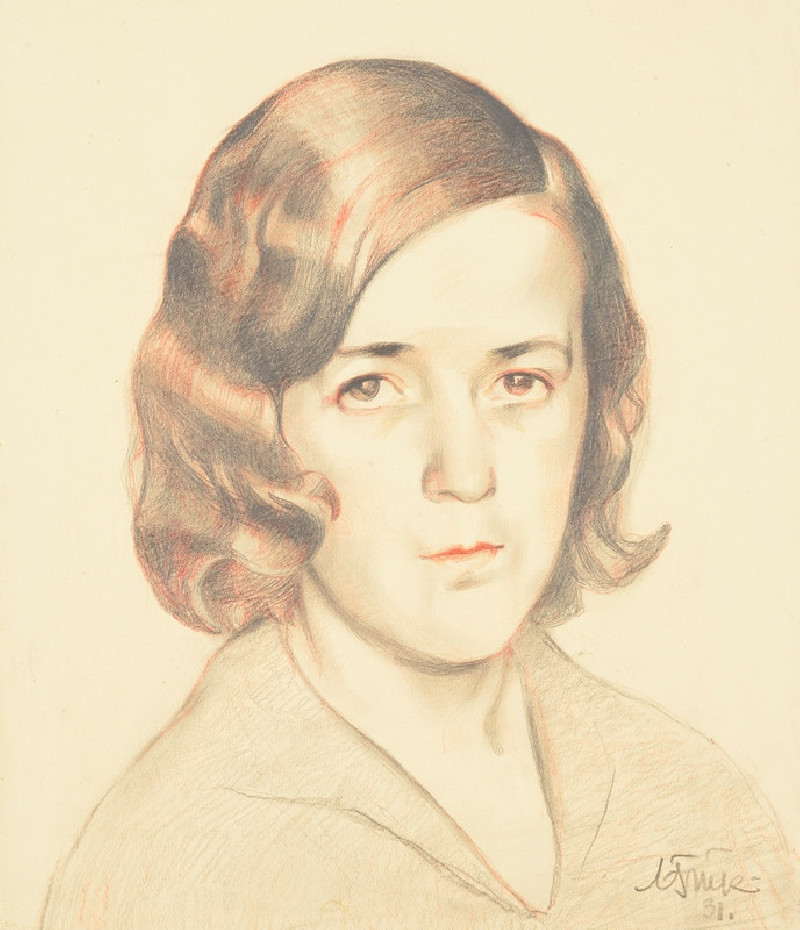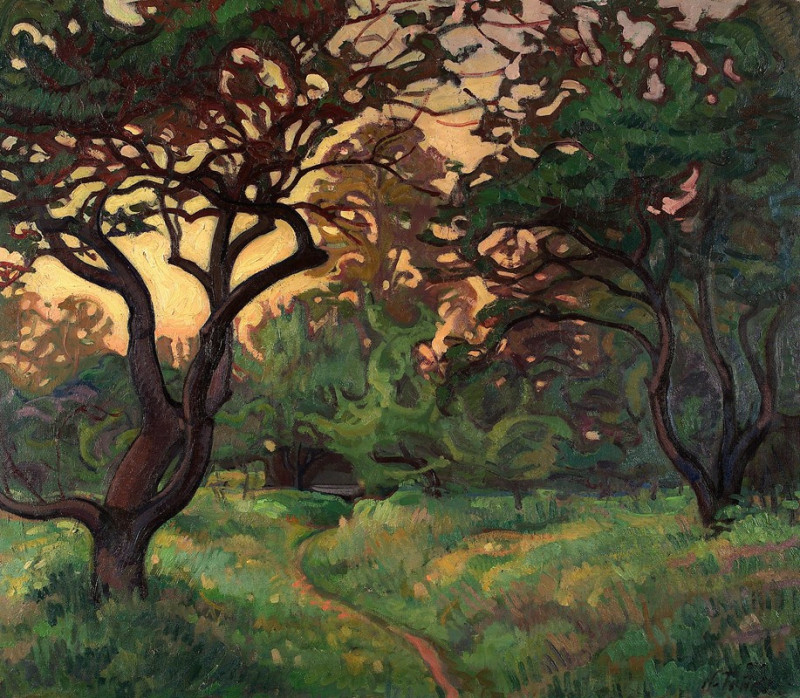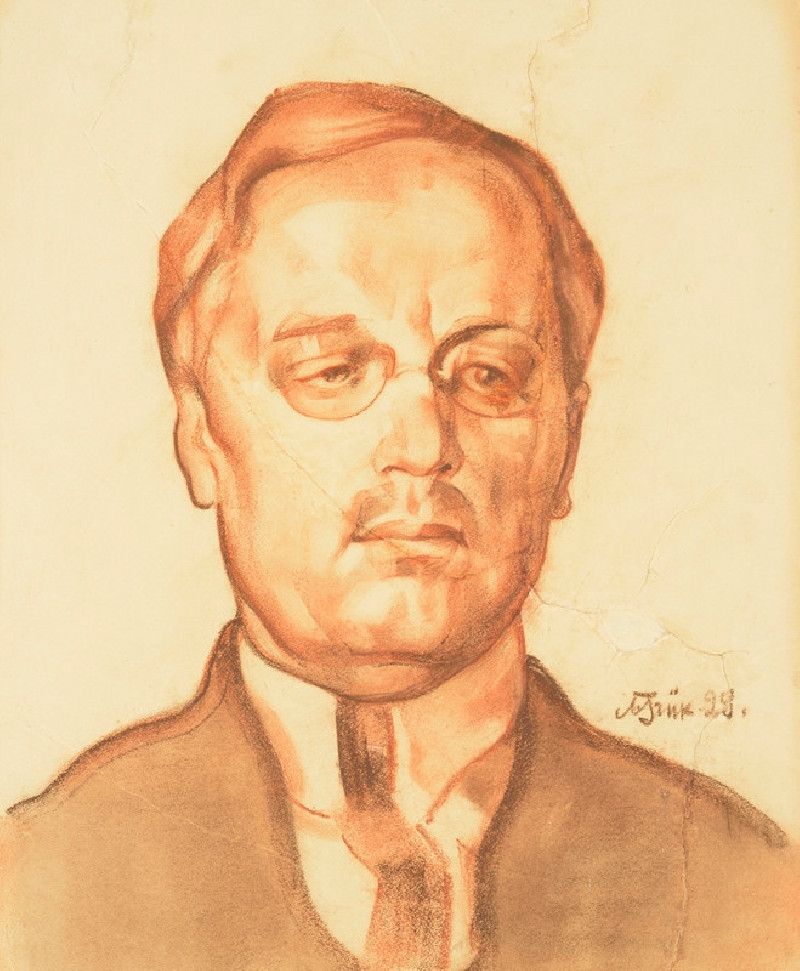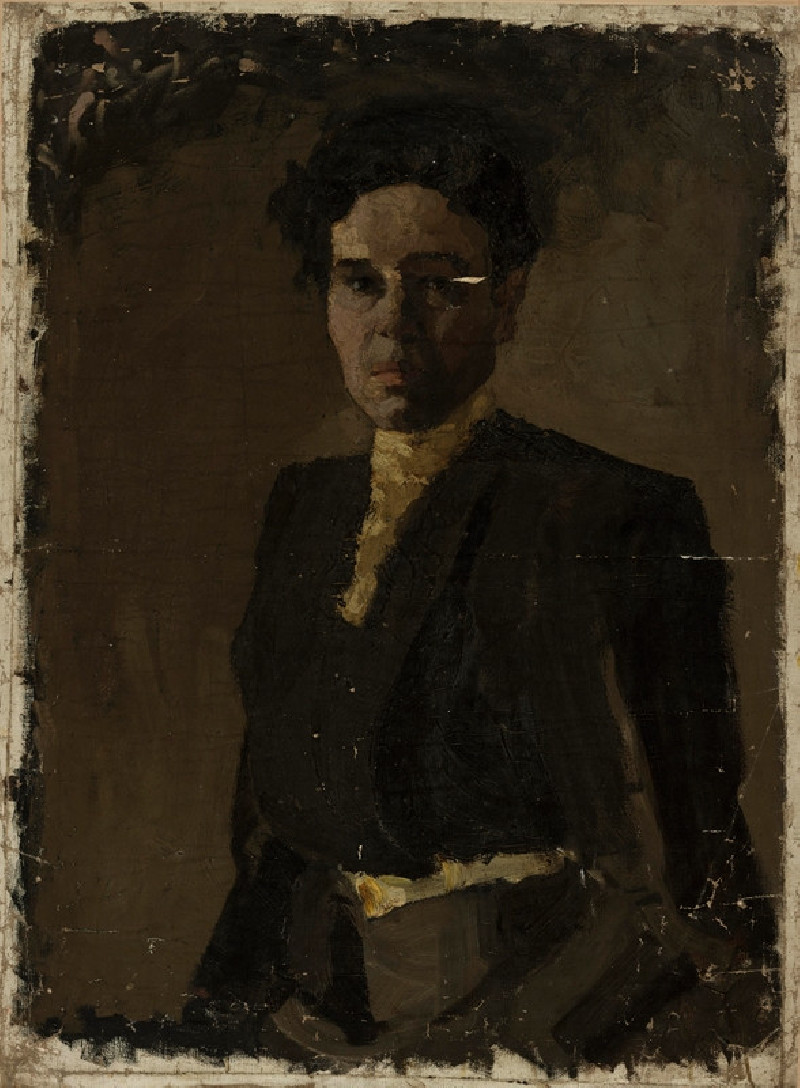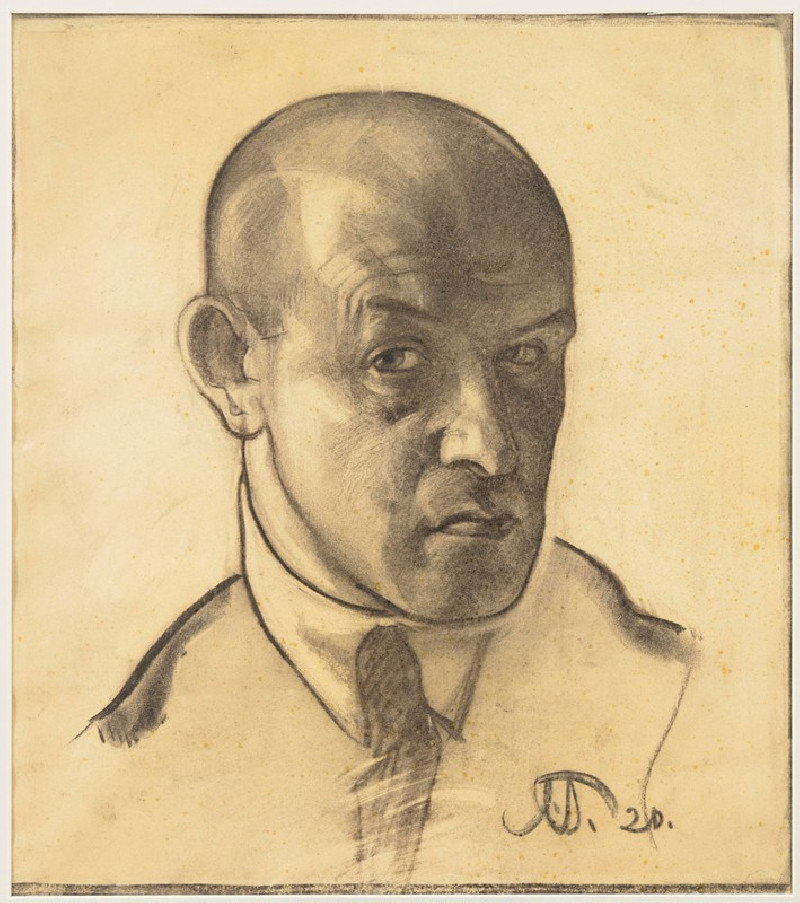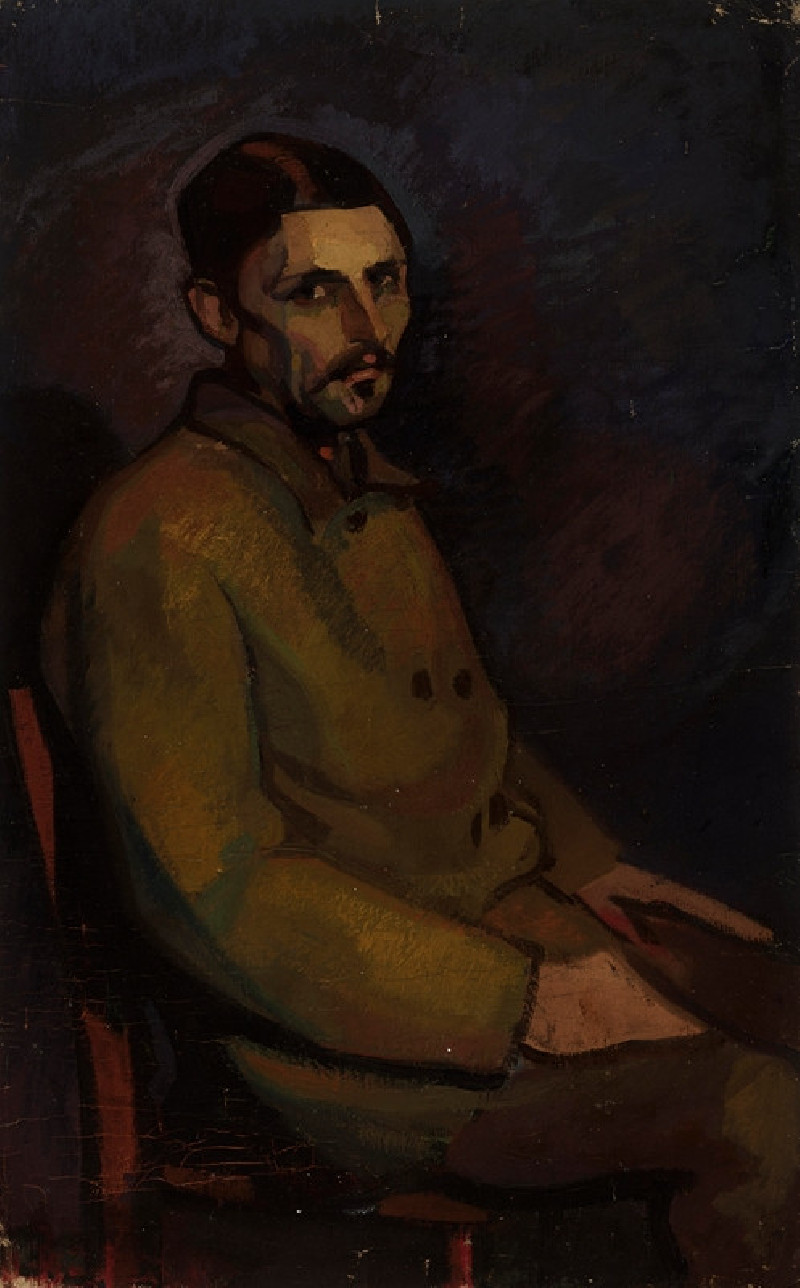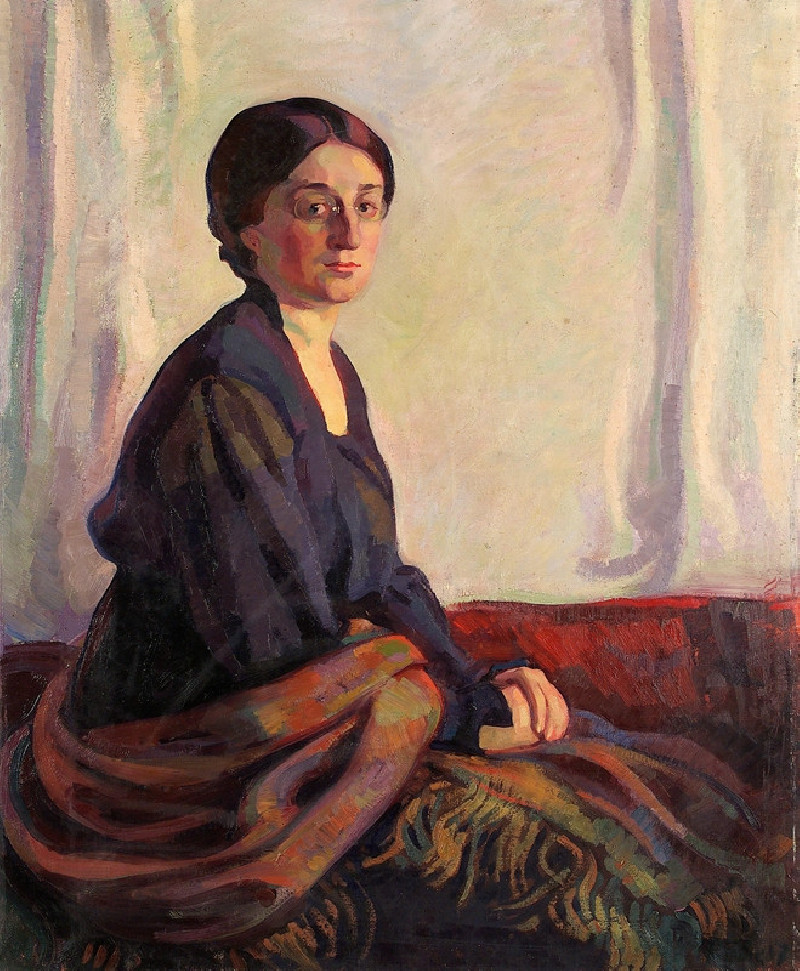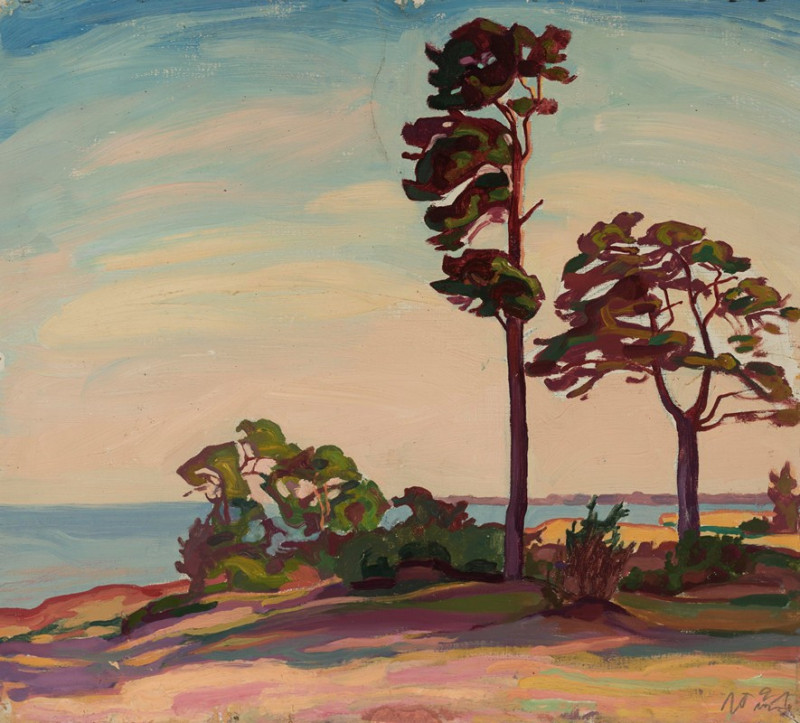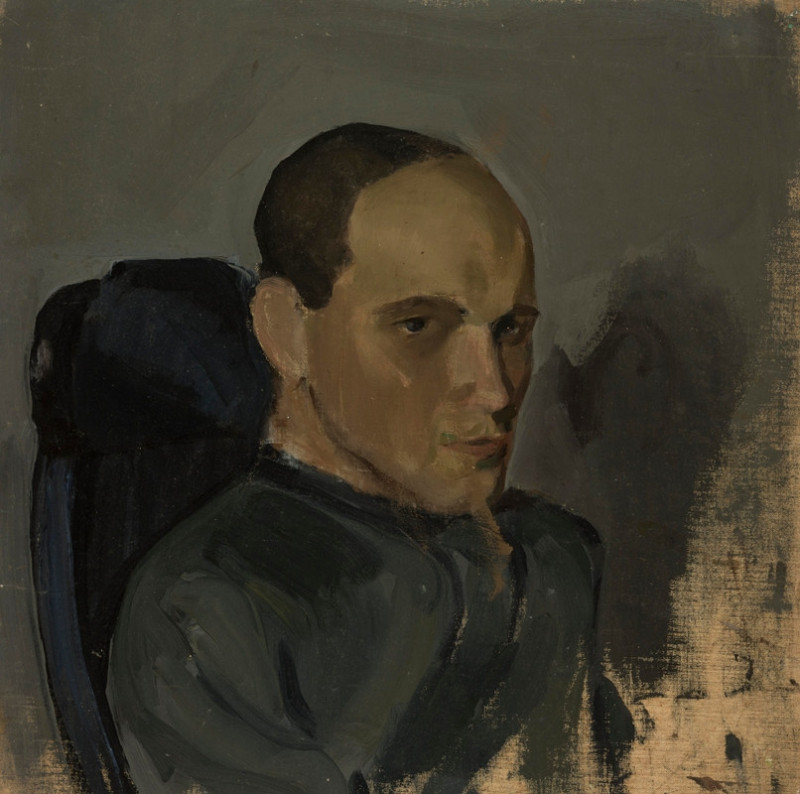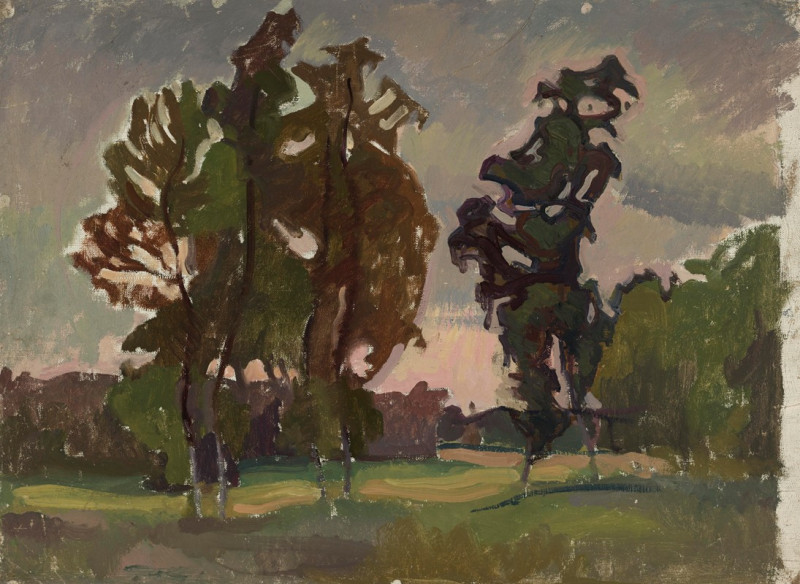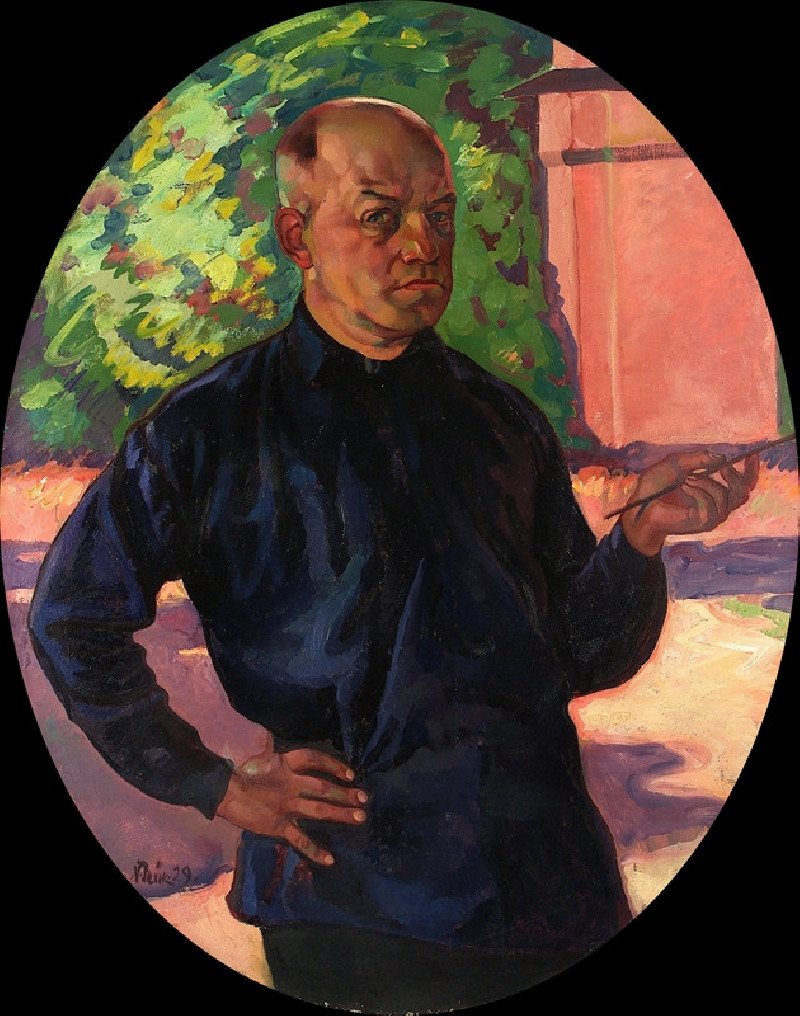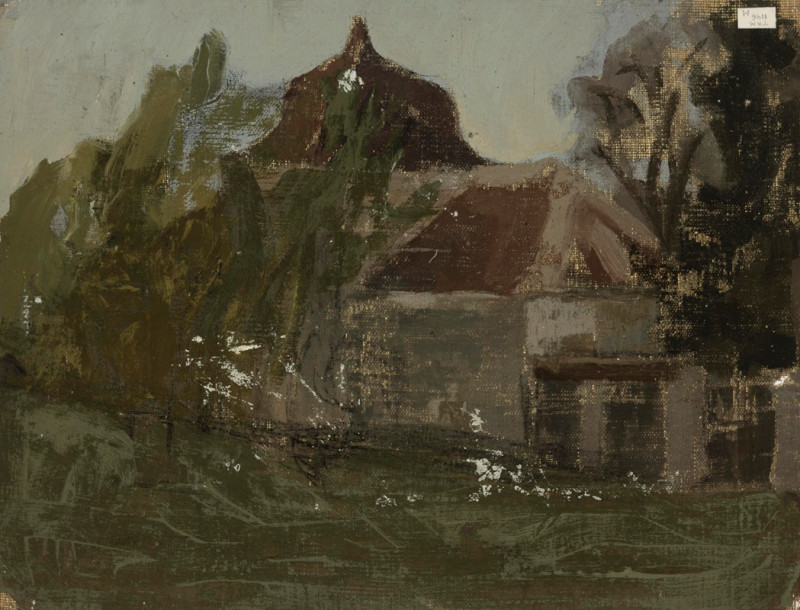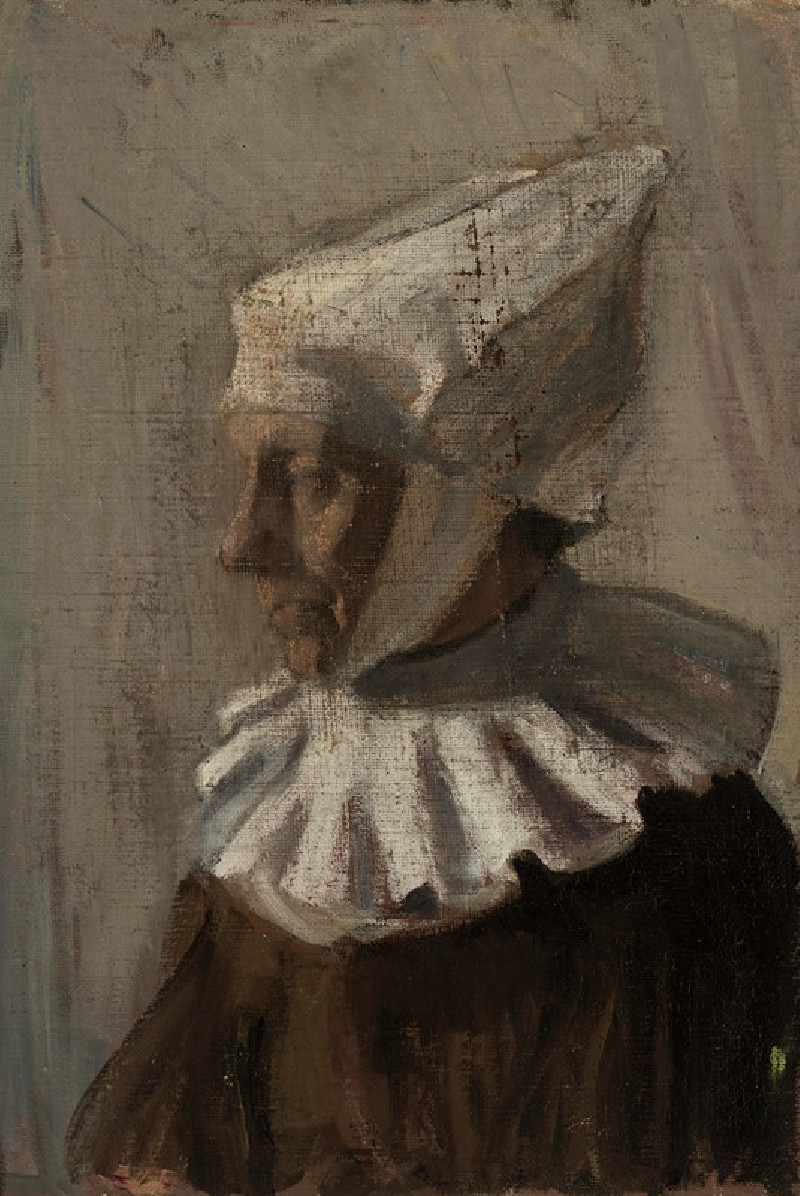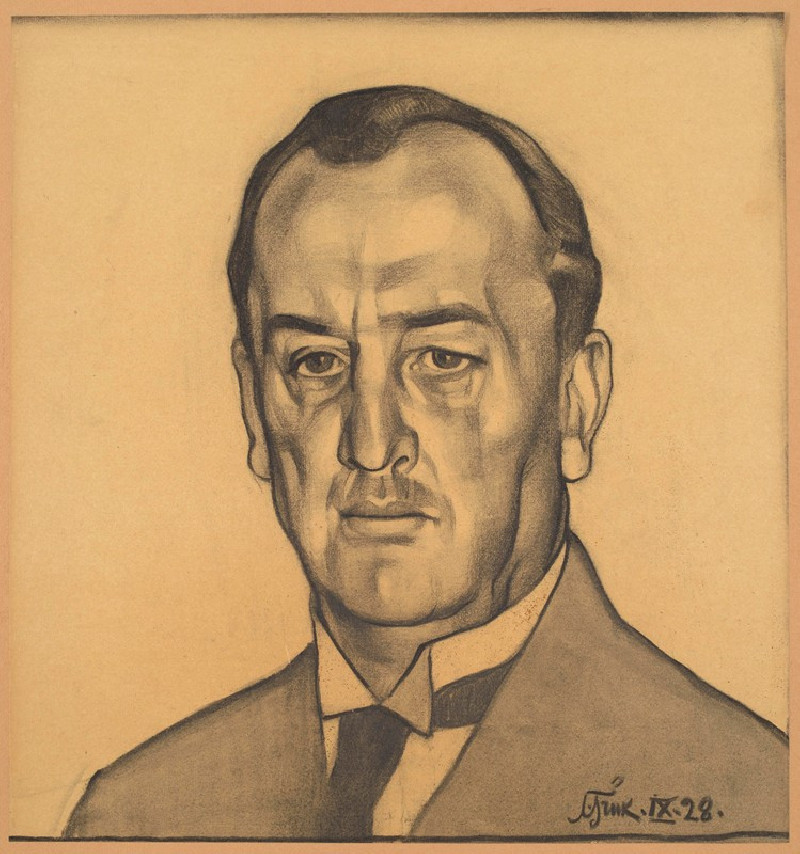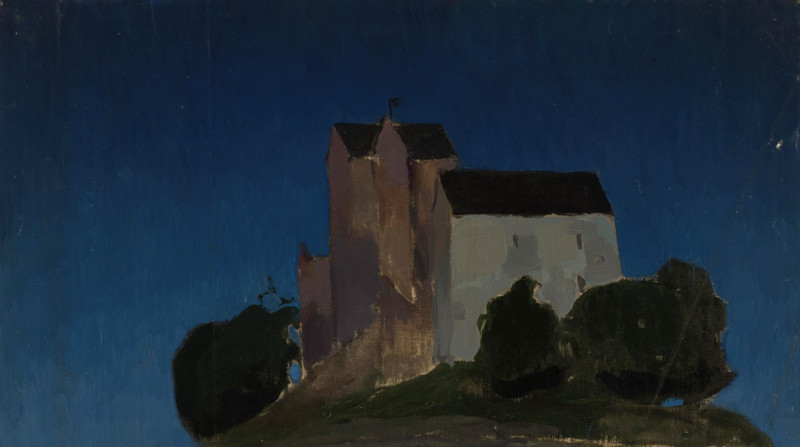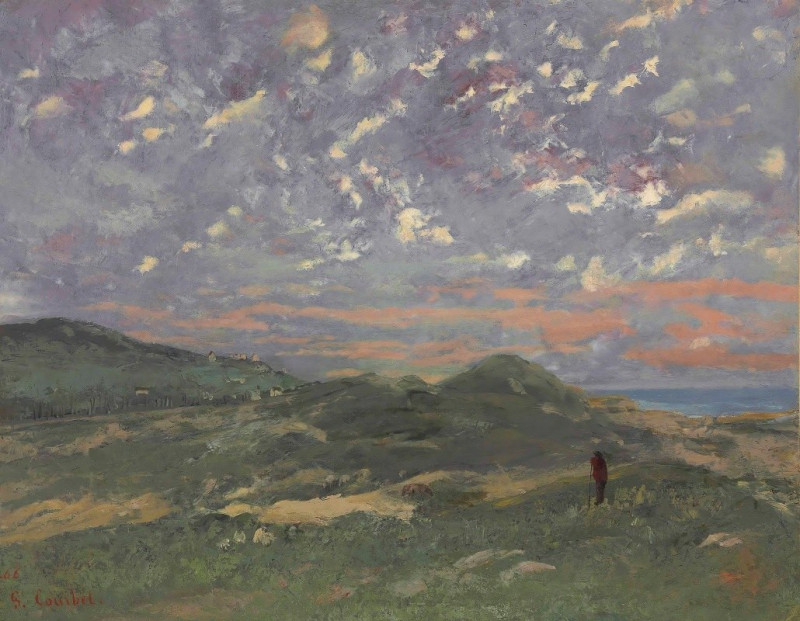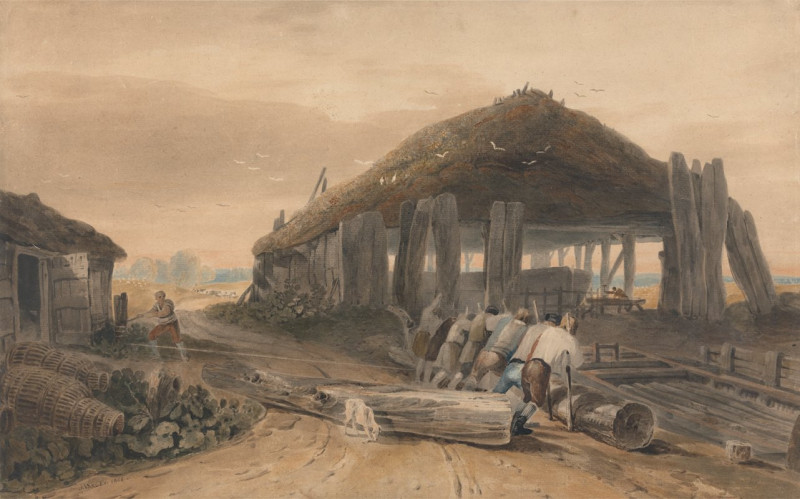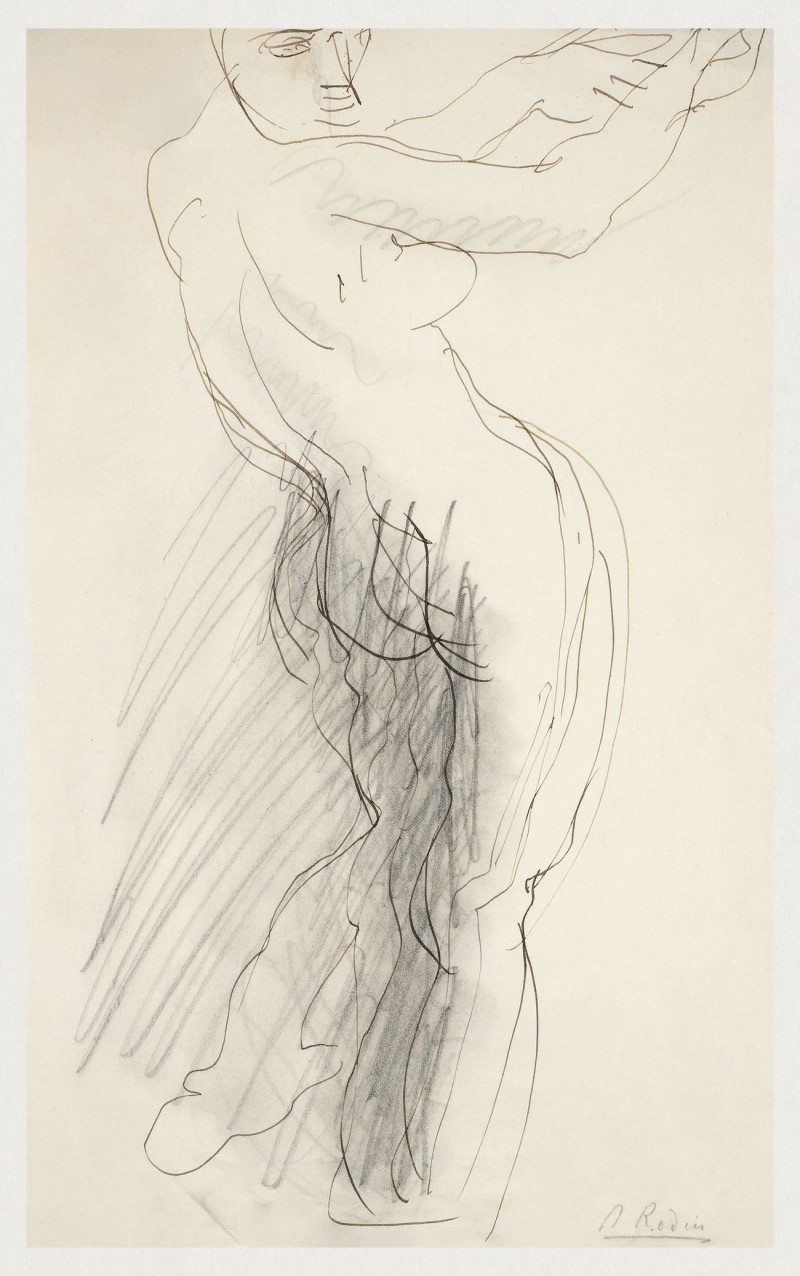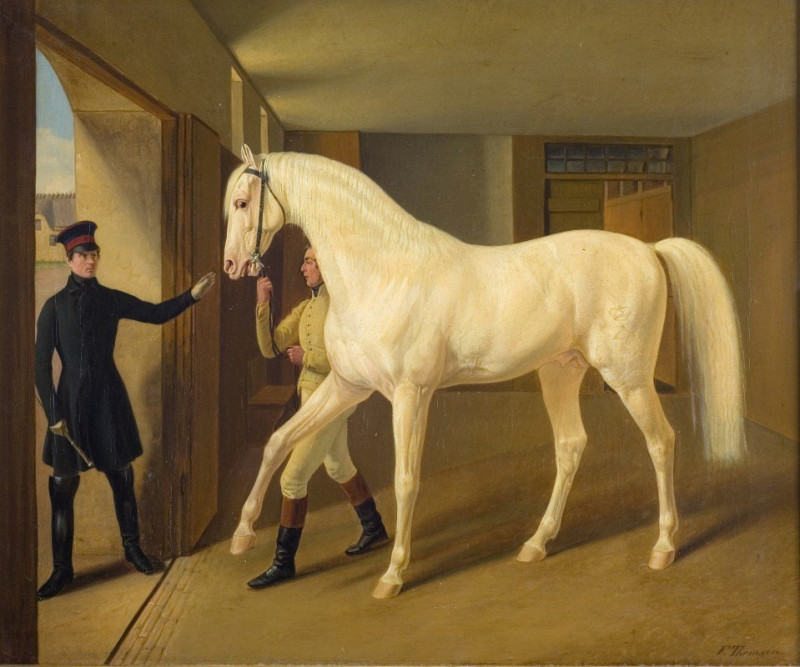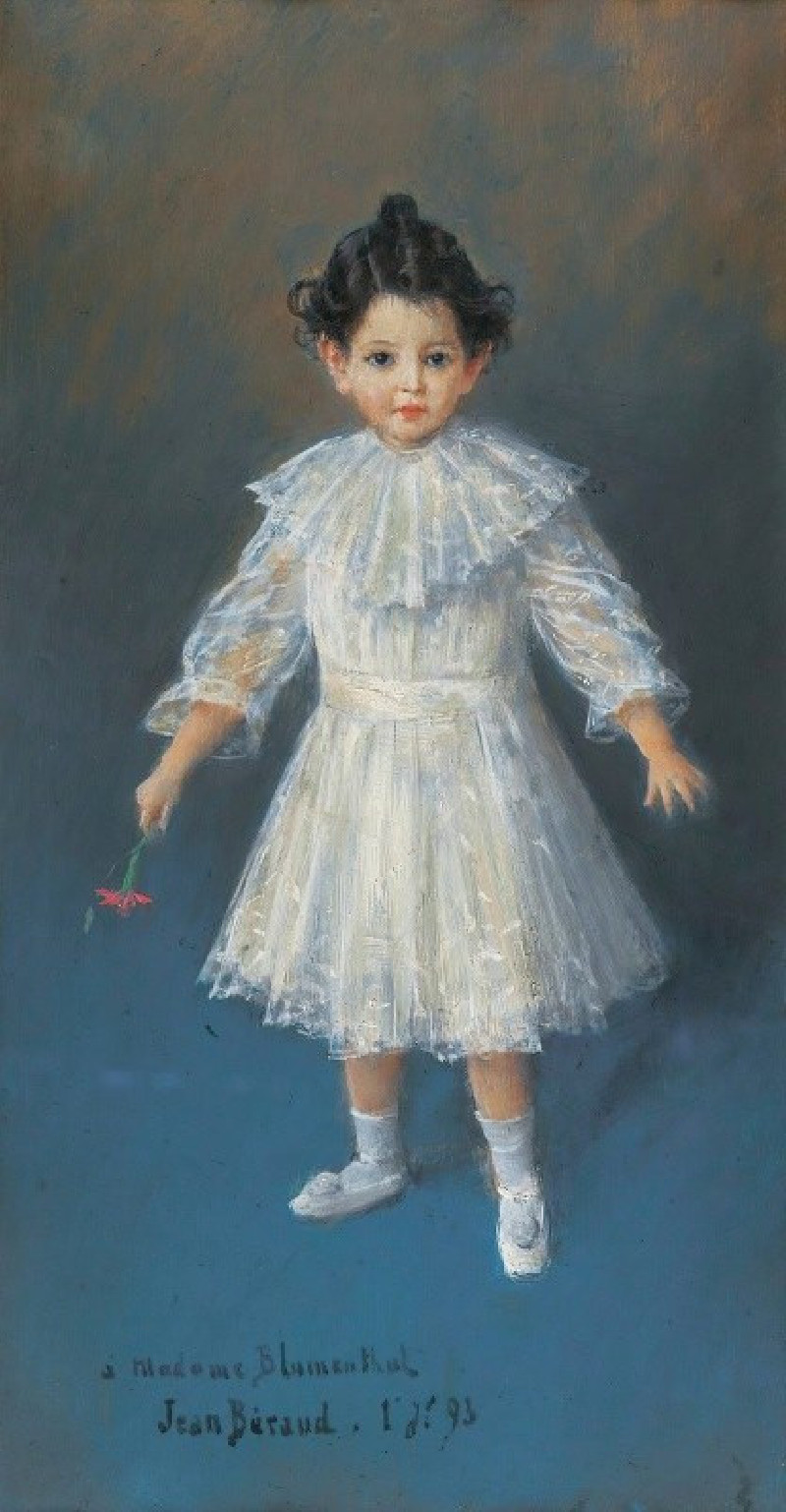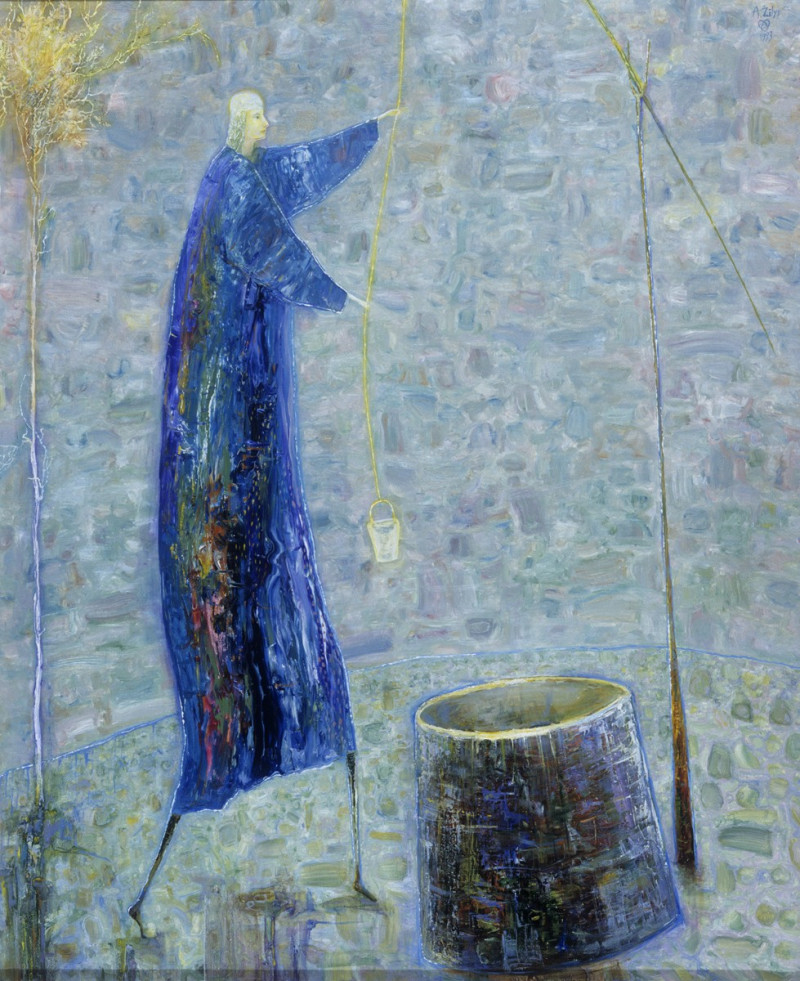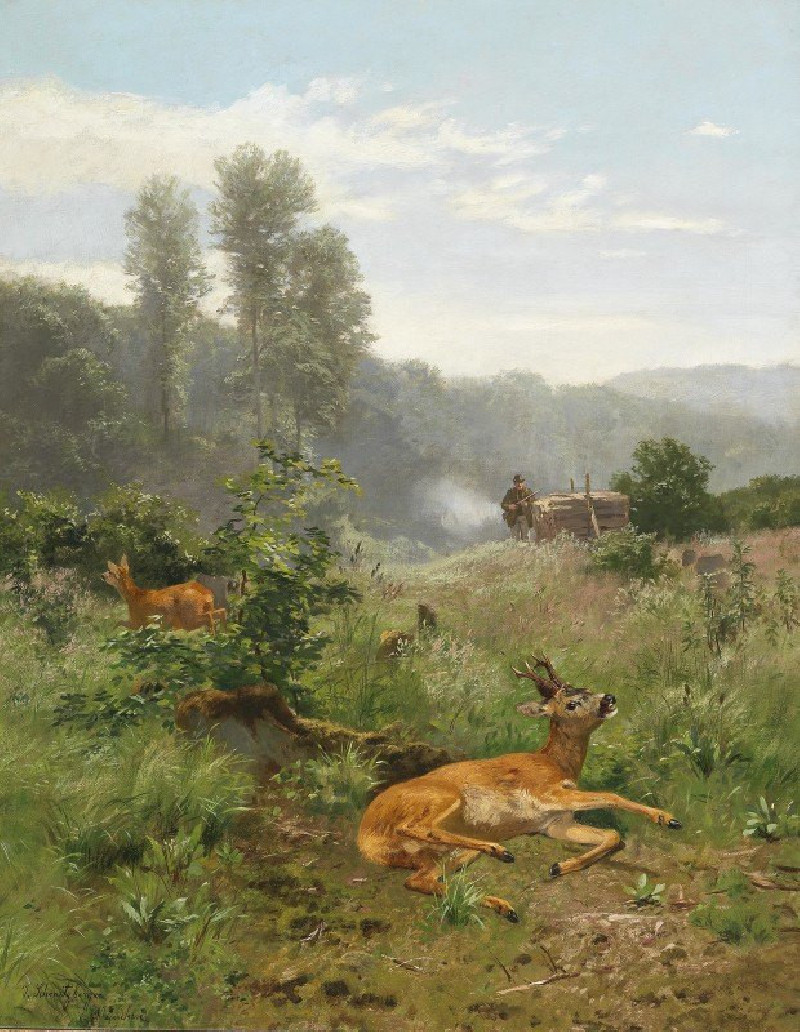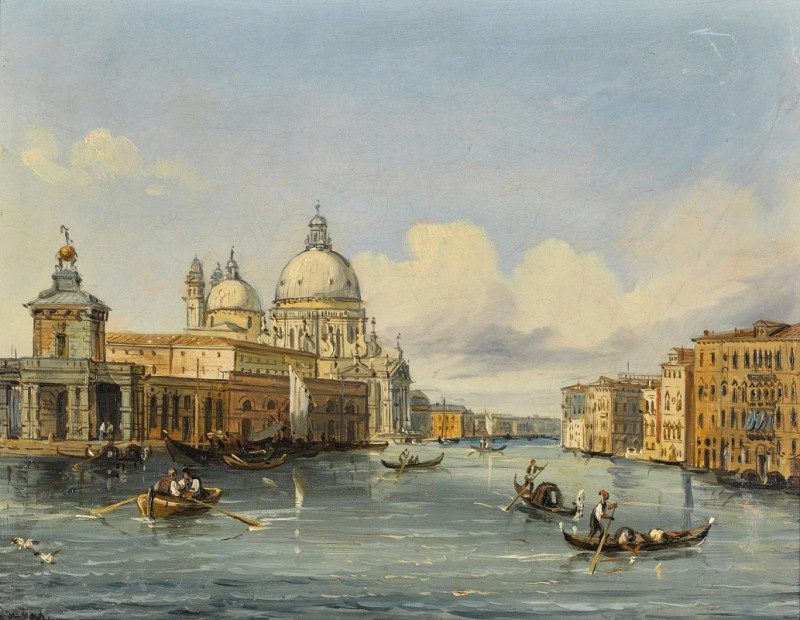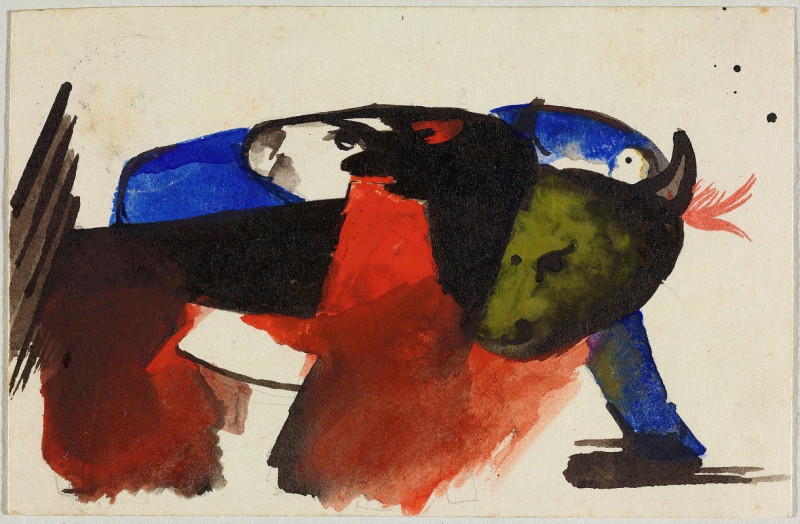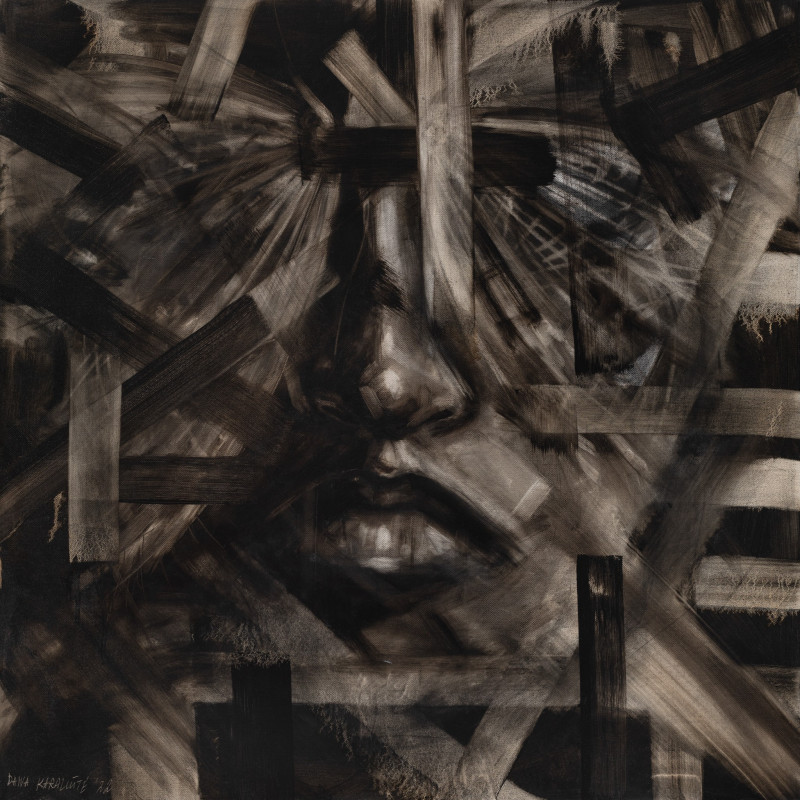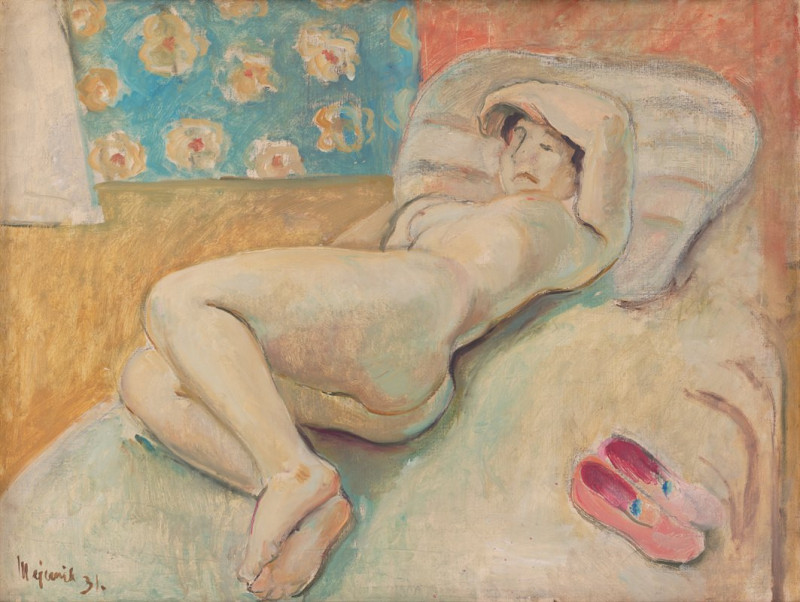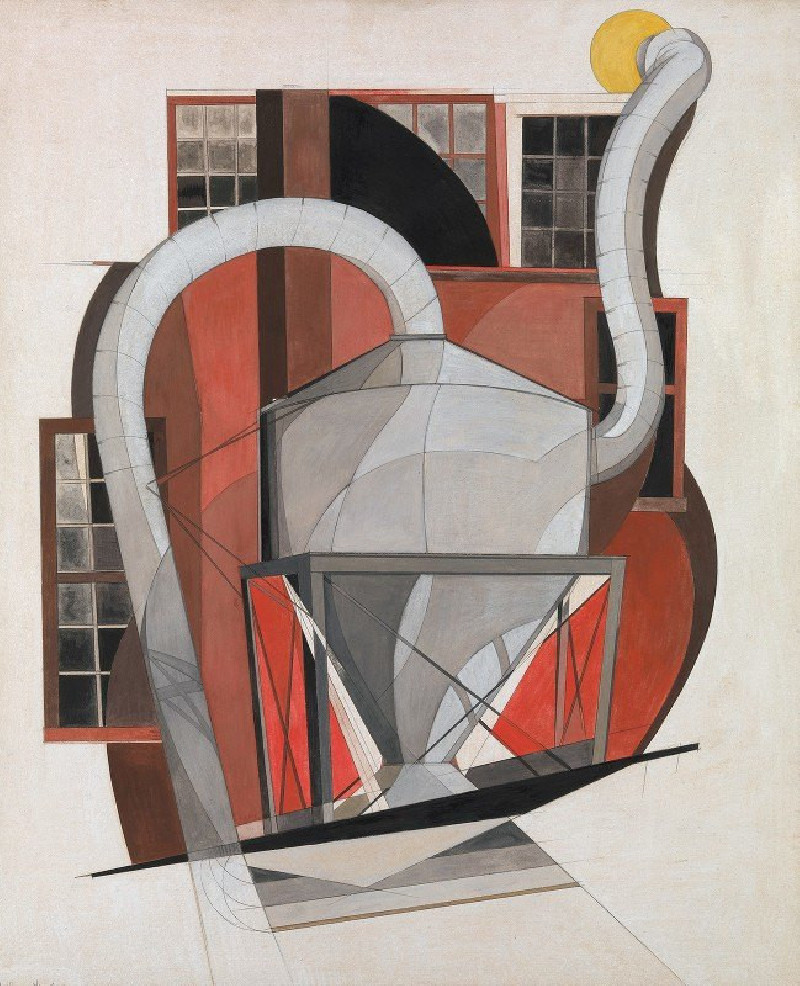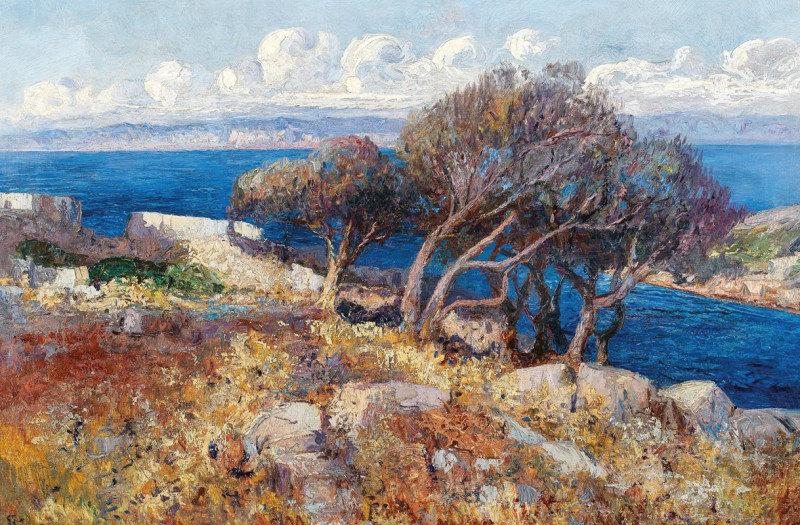Gustav Suitsu portree (1928)
Technique: Giclée quality print
Recommended by our customers
More about this artwork
"Gustav Suitsu portree (1928)" by Nikolai Triik is a compelling portrait embodying the aesthetic expression and psychological depth characteristic of the early 20th-century art movement. The artwork captures the likeness of Gustav Suits, a notable figure, using the medium of charcoal which lends a soft yet intense texture to the piece.The subject is portrayed with a somber and reflective expression, his gaze deep and penetrating, magnifying his intellectual presence. The artist masterfully uses shading and contouring to bring out the intricate features of Suits' face, emphasizing his thoughtful demeanor. Triik's use of light and shadow not only highlights the physical features but also subtly alludes to the inner complexities of the individual depicted.This portrait, marked by its historical significance and artistic excellence, serves as a remarkable representation of both the subject's personality and the artist's skill in capturing the essence of human emotion and intellect through visuals.
Delivery
Returns
Nikolai Voldemar Triik was an Estonian Modernist painter, graphic artist, printmaker and professor. His work displays elements of Symbolism and Expressionism.
He came from a middle-class family. After graduating from the public schools in 1901, he enrolled at the Saint Petersburg Art and Industry Academy, but was expelled for participating in a student strike during the 1905 Revolution.

